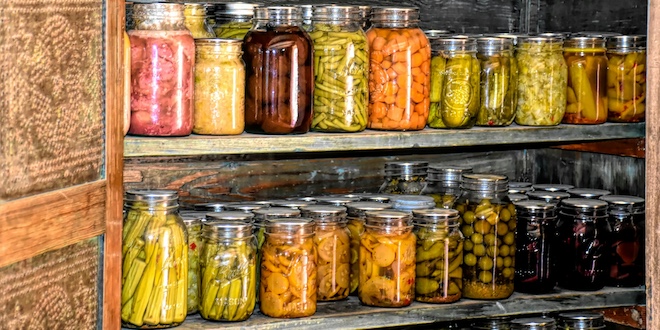Last Updated on January 17, 2025
Moving cross-country can be an exciting yet daunting experience. Among the many challenges, transporting your kitchen and pantry items safely is often overlooked but crucial for settling into your new home smoothly. Whether you’re a seasoned mover or embarking on your first long-distance move, these essential tips will help you pack your kitchen efficiently and ensure that your pantry staples arrive intact and ready for use.
1. Start with a Thorough Declutter
Before you begin packing, take inventory of your pantry and kitchen items. This is the perfect time to get rid of anything expired, seldom used, or unnecessary. Consider donating non-perishable foods that are still good but won’t make the cut. Reducing the number of items you need to move will not only make packing easier but also save on moving costs. If you plan on working with professional cross country movers, it’s a good idea to get in touch with them well ahead of time.
2. Plan and Gather Packing Supplies
To pack your kitchen efficiently, you’ll need sturdy boxes of various sizes, packing paper, bubble wrap, tape, and markers for labeling. Consider investing in dish pack boxes, which are specifically designed for fragile kitchenware. Small and medium-sized boxes are ideal for heavy items like canned goods, while larger boxes should be reserved for lighter, bulkier items.
3. Pack Non-Essential Items First
Begin by packing items you use infrequently, such as specialty appliances, holiday dishes, and extra utensils. This allows you to maintain functionality in your kitchen as you prepare for the move. Wrap fragile items individually in bubble wrap or packing paper and place them in boxes lined with crumpled paper to absorb shocks.
4. Use Appropriate Packing Techniques
When packing your pantry, start with heavy items like cans and jars at the bottom of the box. Use smaller boxes for these items to avoid making them too heavy to lift. Wrap glass containers and jars in bubble wrap to prevent breakage. For dry goods like flour, sugar, and pasta, use airtight containers or sealable bags to prevent spills and keep pests out. If you need to move your vehicle during the process, consider using a Car Delivery Service Essex to ensure your car is safely transported while you focus on packing.
5. Label Everything Clearly
Label each box with its contents and the room it belongs to. For kitchen items, be as specific as possible, such as “Spices,” “Baking Supplies,” or “Cutlery.” This will make unpacking and setting up your new kitchen much easier. Additionally, mark boxes containing fragile items with “FRAGILE” and “THIS SIDE UP” to ensure they are handled with care.
6. Pack an Essentials Box
Prepare a separate essentials box containing items you’ll need immediately upon arrival at your new home. This should include basic cooking tools, a few pots and pans, plates, cutlery, a can opener, dish soap, and a few cleaning supplies. Also, pack some non-perishable snacks, coffee, tea, and a small kettle or coffee maker for those first few days.
7. Consider Temperature-Sensitive Items
If you have items that are sensitive to temperature changes, such as oils, chocolate, or certain spices, plan to transport these yourself or make special arrangements with your moving company. Extreme temperatures in moving trucks can spoil or ruin these items.
8. Think About Storage Solutions in Your New Home
As you pack, consider the storage solutions in your new kitchen. If you know you’ll have less cabinet space, it might be a good idea to downsize your kitchenware accordingly. Make a list of organizational tools you might need, such as shelf risers, drawer dividers, or spice racks, to help streamline the unpacking process.
9. Transporting Appliances
If you are moving large appliances like a refrigerator or microwave, make sure they are thoroughly cleaned and dried before the move. Defrost your refrigerator and freezer at least 24 hours in advance to avoid leaks. Secure any loose parts and consult your appliance manuals for specific moving instructions.
10. Hire Professionals if Needed
If packing and moving your kitchen feels overwhelming, consider hiring professional packers. Many moving companies offer packing services that can save you time and ensure your items are packed safely and efficiently.
By following these tips, you can make the process of packing up your pantry and kitchen less stressful and more organized. With careful planning and preparation, you’ll be ready to enjoy your new home and kitchen without missing a beat. Safe travels and happy moving!
 Travel for Food Hub The Food Blog for Travel Lovers
Travel for Food Hub The Food Blog for Travel Lovers















